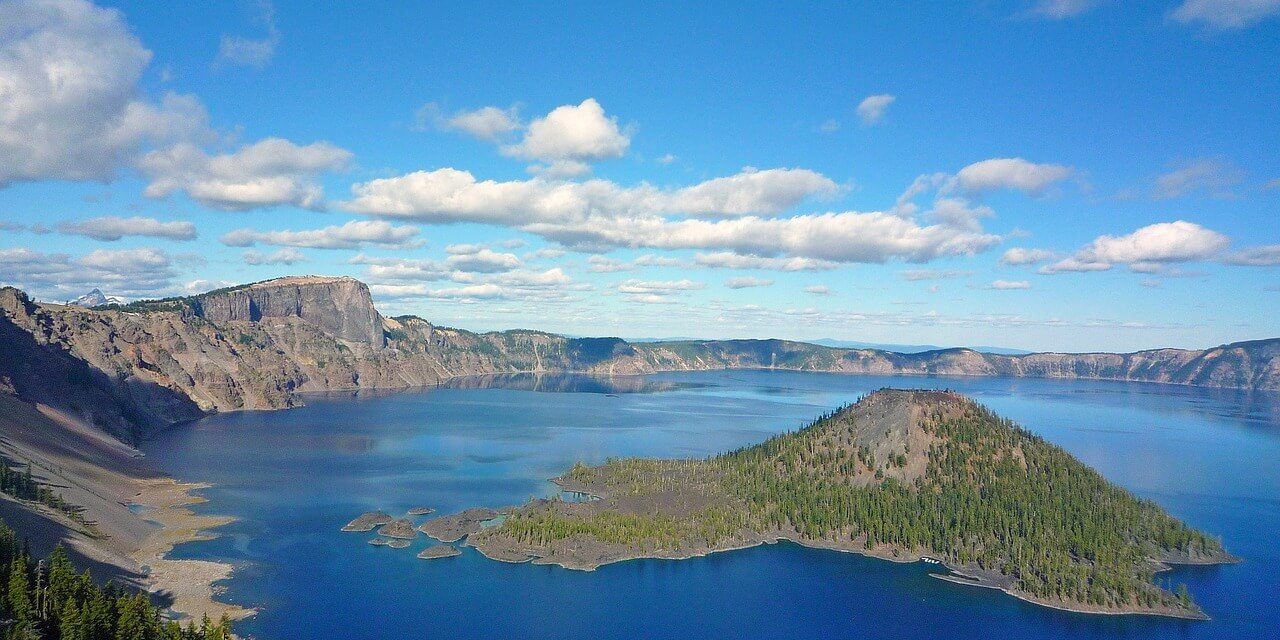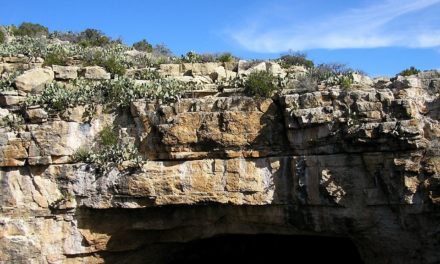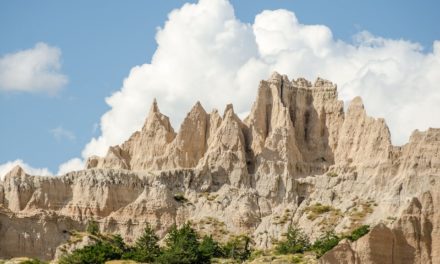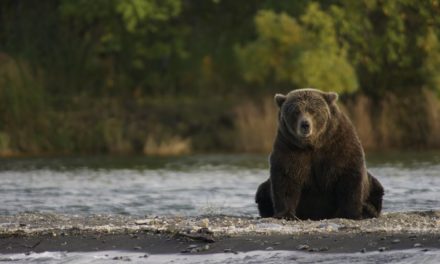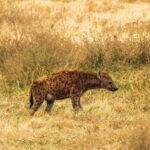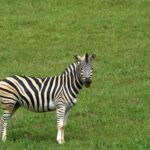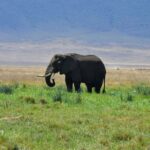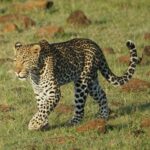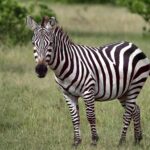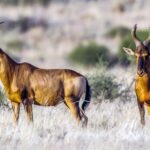Table of Contents
Overview / About the Park
Crater Lake National Park lies in southern Oregon, built around a deep volcanic basin formed when Mount Mazama collapsed over 7,000 years ago.
At its heart is Crater Lake, the deepest lake in the United States (1,943 feet), known for its unreal blue color and water clarity.
The lake’s calm surface reflects the surrounding cliffs, forests, and two small islands Wizard Island and Phantom Ship making it one of the most photogenic spots in the Pacific Northwest.
The park covers over 180,000 acres of mountains, old-growth forests, and meadows, offering stunning scenery in every season.
Wildlife & Nature
Crater Lake’s isolation has created a peaceful sanctuary for diverse wildlife.
Common sightings include black bears, elk, marmots, and snowshoe hares.
Birds such as Clark’s nutcrackers, bald eagles, and mountain bluebirds circle the rim.
The forests are filled with Douglas fir, mountain hemlock, and ponderosa pine, while wildflowers bloom in late summer.
Beneath the surface, the lake supports a small population of kokanee salmon and rainbow trout the only fish species found there.
Experiences & Activities
- Scenic Drive (Rim Drive): A 33-mile loop that circles the lake, offering over 30 viewpoints and easy access to short trails.
- Hiking:
- Cleetwood Cove Trail: The only trail leading down to the lake (1.1 miles one way, steep).
- Garfield Peak and Watchman Peak short but rewarding hikes with panoramic lake views.
- Boat Tours: In summer, guided boat tours explore the lake and stop at Wizard Island for hiking or swimming.
- Snowshoeing & Skiing: Winter transforms the park into a snowy wonderland for backcountry adventures.
- Photography: Sunrise and sunset from Discovery Point or Rim Village are unforgettable.
Best Time to Visit
The park is open all year, but the best time to visit is July through September when the Rim Drive and lake access are fully open.
- Summer: Warm, clear, and perfect for hiking and lake tours.
- Fall: Crisp air and changing foliage.
- Winter: Deep snow (often over 40 feet annually) ideal for snowshoeing but limited road access.
- Spring: Melting snow and fewer crowds, though some trails may still be closed.
How to Reach & Park Entry
- Location: Southern Oregon, about 100 miles from Medford and 250 miles from Portland.
- Nearest airports: Rogue Valley International–Medford Airport (MFR) 2 hours away.
- By car: Access via Highway 62 from Medford, Klamath Falls, or Bend.
- Entry fee: $30 per vehicle (summer) or $20 (winter), valid for seven days. Annual and America the Beautiful passes accepted.
Travel Tips / Safety Notes
- Weather changes fast always pack layers.
- Snow can linger into July; check road conditions before visiting.
- Altitude is over 7,000 feet drink plenty of water and take it slow on hikes.
- Swimming is only allowed at Cleetwood Cove the water is icy cold year-round.
- Wildlife is shy observe from a distance and don’t feed animals.
- Gas and supplies are limited fill up before entering the park.
Packing List
- Warm jacket and layers (even in summer)
- Hiking boots or sturdy shoes
- Reusable water bottle and snacks
- Hat, sunscreen, and sunglasses
- Rain gear (weather can shift suddenly)
- Camera or binoculars
- Map or offline navigation
- Flashlight or headlamp
- Snow gear (if visiting in winter)
Visitor Statistics
Crater Lake National Park welcomes about 670,000 to 700,000 visitors each year. Peak season is July through September, when Rim Drive and boat tours are open. Winter sees far fewer visitors, offering a quieter, snow-covered experience.
Conservation & Responsible Tourism
Crater Lake’s ecosystem is fragile and depends on clean water and minimal human impact.
Park rangers monitor air and water quality, manage wildfire risks, and protect old-growth forests.
Visitors can help by:
- Staying on marked trails.
- Packing out all trash.
- Avoiding sunscreen or lotions before swimming to protect water purity.
- Supporting the Crater Lake Natural History Association, which funds conservation programs.
Crater Lake is more than a beautiful sight it’s a reminder of nature’s power and renewal. Standing at the rim, surrounded by silence and blue water, you can feel how time and earth have shaped this extraordinary place.

